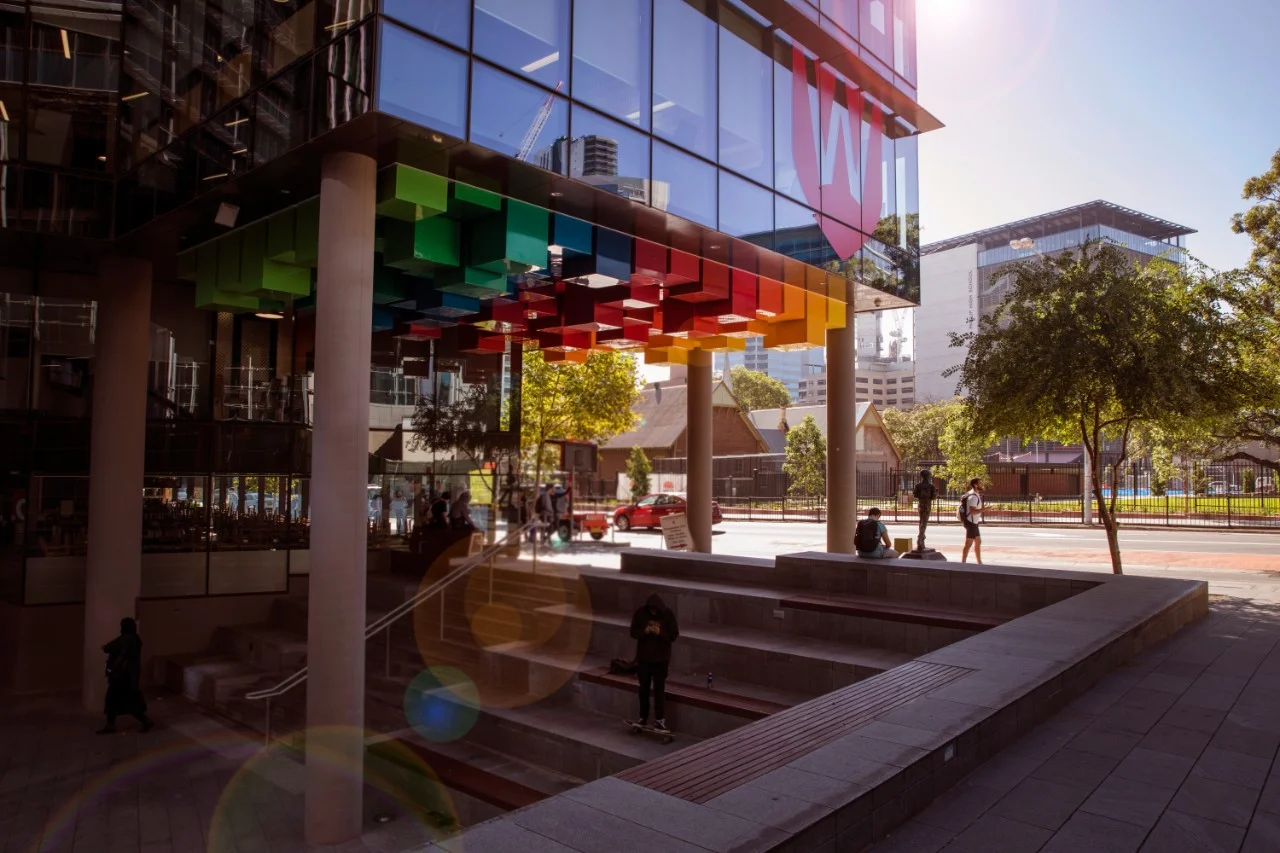You can search for courses, events, people, and anything else.
4th May 2023
A new report by Western Sydney University’s Centre for Western Sydney captures diverse community voices on Parramatta’s most pressing challenges and the solutions required for a thriving future.
‘Parramatta 2035: Community views on the future of our region’ consolidates the results of public consultations and surveys undertaken from September to October 2022, following the release of the Centre’s impactful ‘The Glover Review’ on Parramatta as a global city.
The consultations revealed that, as the geographic centre of Sydney, Parramatta should continue to be strengthened through improved investment and planning in areas such as transport, housing, education, employment, arts and entertainment.
Lead researcher Dr Rhonda Itaoui, from the Centre for Western Sydney, acknowledges that cities are ever-changing, but it is the people of the region that are most invested in its future.
“Ultimately, those most impacted by the challenges of Parramatta are those that are working, living, studying and socialising in the area. As the region transforms, it is vital to create opportunities for meaningful participation from these communities in shaping the future success of the city,” said Dr Itaoui.
“By engaging with more than just the residents we were able to look at the multiple purposes of the city, and the diverse relationships that exist between the people and spaces in the region.
“Centrally located and well connected to the greater Sydney region, the city has a lot to offer. This report outlines the key priorities that planners and policymakers can turn to when further developing Parramatta, to ensure they are responding to community needs and visions.”
The findings showcased a demand to capitalise on Parramatta’s central location within Sydney, by enhancing connectivity to surrounding regions.
Suggested improvements include cycling and pedestrian infrastructure, a fast metro to the city and less vehicle traffic around Parramatta CBD by increasing pedestrian zones and car park towers at railway and light rail stations to reduce the current parking, traffic and congestion issues.
The consultation found that increasing cost of living and housing affordability were key issues. Community led ideas included a demand for more medium density options and mixed-use developments said Dr Sophie-May Kerr, housing studies expert from the Centre for Western Sydney.
“To prevent unequal impacts of urban change negatively impacting liveability and wellbeing, housing affordability, diversity and quality must be improved. We must view housing as an essential infrastructure,” said Dr Kerr.
“Parramatta is culturally and linguistically diverse and it offers a fantastic natural environment. As the region continues to transform, it is important to not lose these unique characteristics in the process.”
Participants in the consultation recognised that the blue and green spaces, including the Parramatta River, need to be cared for in the process of further developing the city. Urban greening strategies should be implemented to protect people from heat stress and pollution while improving liveability and wellbeing.
Further to these suggestions there were also calls for the region to harness the talent of a well-educated population by providing high quality local employment pathways and nurturing the creative use of space to position Parramatta as a hub for start-ups and entrepreneurial innovation.
The community also highlighted a need for increased investment to realise the potential of the region as a cultural and creative entertainment hub. While there is an already broad offering of restaurants, across global cuisine and price points, there is a need to tap into 24-hour nightlife economy seen in other major cities to further enhance the vibrancy of the region.
The consultations included a diversity of perspectives from across key suburbs including Parramatta, Merrylands, Guildford, Granville, Auburn, Lidcombe, and Rydalmere.
“The diversity of city users that were involved in the consultation demonstrates people’s lives in cities are fluid and move across statutory boundaries. Often, residents in surrounding neighbourhoods of a city are not consulted in the planning process,” said Dr Itaoui.
The findings of the report emphasise the need to include diverse voices and ideas in the transformation of cities. Planners and policymakers should include those most impacted by the developments through consultations and collaborations at all stages of the city planning process, particularly in early phases for visioning and planning the future.
For more information download ‘Parramatta 2035: Community views on the future of our region.’



